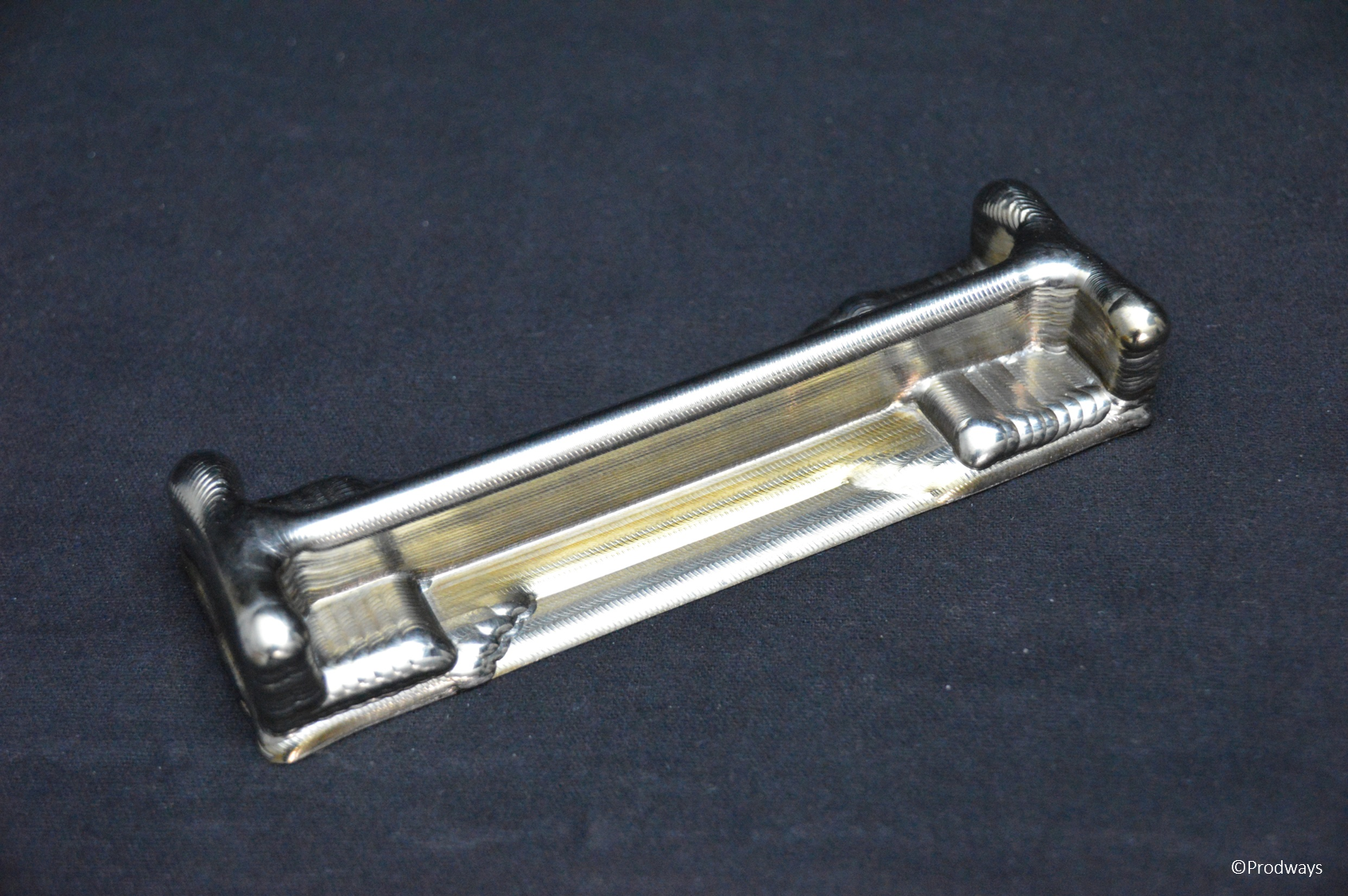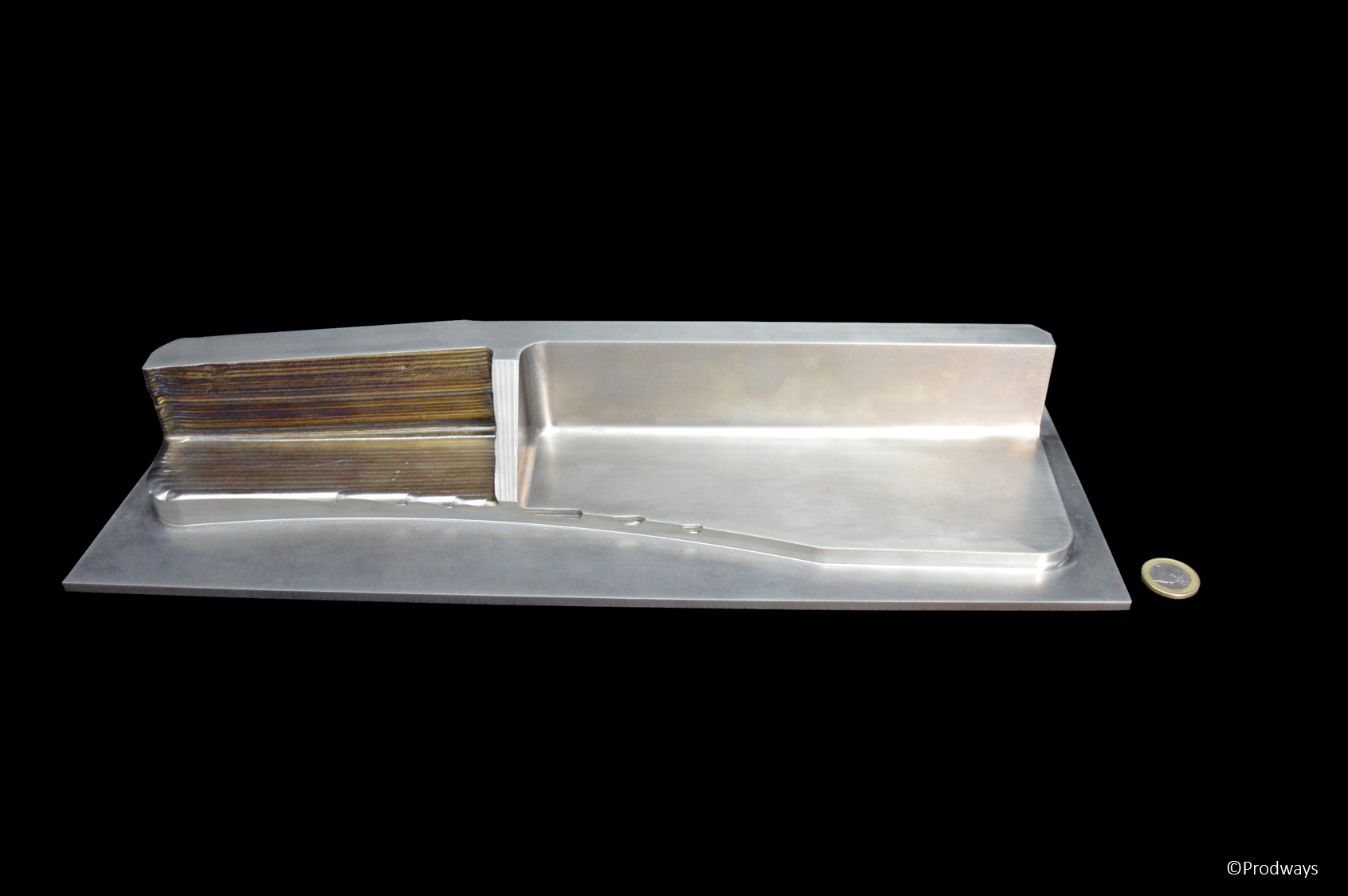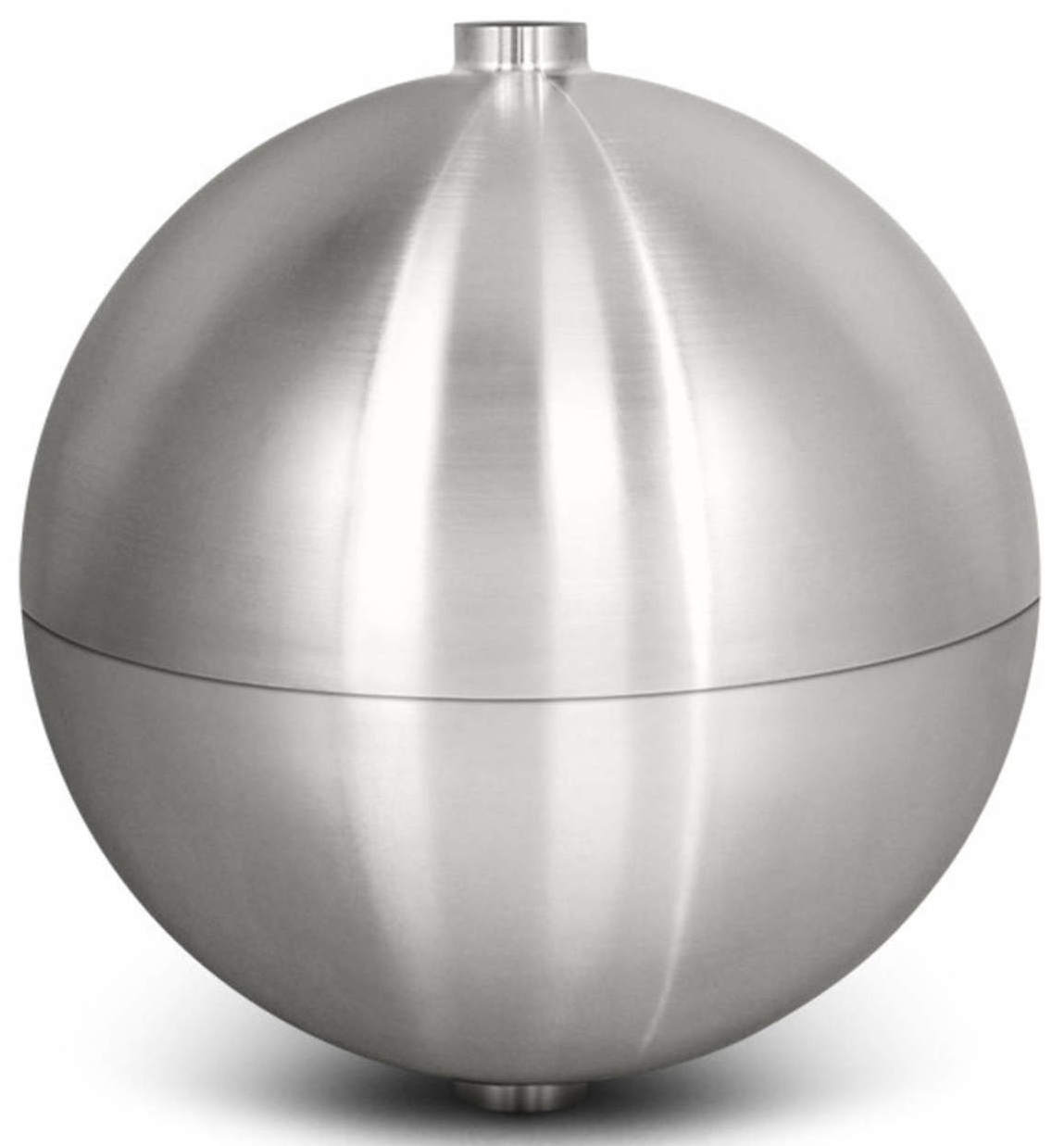French 3D printing company Prodways, a subsidiary of Groupe Gorge, has revealed the development of a new metal 3D printing process they are called Rapid Additive Forging (RAF). 3D Printing Industry spoke to Prodways to find out more about the technology and its place in the expanding metal additive manufacturing market.
The system uses a robotic welding system and a wire feedstock. This additive manufacturing technique has particular potential for 3D printing titanium parts and will be demonstrated for the first time at the Paris Air Show (19-25 June). Prodways states it could reduce the cost of titanium parts for the aeronautical industry by up to 50%.
The French company has recently reported successful listing on the Euronext Paris stock exchange, via an initial public offering (IPO), raising €50.7 million in the process. Prior to this, aerospace company Safran made a substantial investment.
Since floating at just under €5.5 in May, the share price has risen to a high of €7.01 and now trades at €6.91.

“High deposition Rate”
According to Groupe Gorge’s Elodie Robbe-Mouillot the RAF process is, “in the High Deposition Rate category.” Explaining the process, Robbe-Mouillot says,
The 3D printer developed uses a robot equipped with a head depositing molten metal layer-by-layer in an atmosphere of inert gas. The metal is molten by an electrical arc.
Speaking to 3D Printing Industry about current and future materials Elodie Robbe-Mouillot said, “the feedstock is wire-based and this technology can apply to many metal types including Titanium, Aluminium, stainless steel.” The current prototype machine can 3D print parts up to 70 centimetres in size but Prodways are developing the process to produce components up to 2 metres long.
High deposition rate 3D printing techniques such as RAF are used to make near-net shape components. Secondary processing such as CNC milling can then be used to produce the desired tolerances or finish. An example can be seen in the photo below.

On the leftside of the photo above distinctive layers are visible, once machined a smooth surface is possible and can be seen on the right hand side.
Robotic welding
Prodways has developed the process with fellow Groupe Gorge subsidiary Commercy Robotique using its expertise in robotic welding. The company explains the RAF process utilizes both additive and subtractive processes as the part requires machining once printed. Prodways has since filed a patent application for the innovative method.
Groupe Gorge tell us that in characterising their RAF 3D printing method the technology can be thought about in terms similar to that of Norsk Titanium’s Rapid Plasma Deposition or Sciaky’s EBAM.
Sciaky’s EBAM technology uses metal wire and inert gas, and has been successfully used for several impressive projects.

Paris Air Show
Chicago-based Sciaky has also just announced it will be at the Paris Air Show demonstrating its metal 3D printed components. Joining many other 3D printing companies, such as French company BeAM Machines, Renishaw and Stratasys and Oerlikon.
Bob Phillips, Vice President of Marketing at Sciaky, Inc said,
Sciaky is looking forward to exhibiting at the Paris Air Show. Our EBAM technology continues to drive innovation for aerospace giants like Airbus, Lockheed Martin and Gulstream, helping push additive manufacturing into the mainstream.
To receive the latest metal additive manufacturing news, subscribe to the most widely read newsletter in the 3D printing industry, follow us on twitter and like us on Facebook.
Featured image shows side-by-side a 3D printed part before post-machining and one after. Photo via Groupe Gorge.


